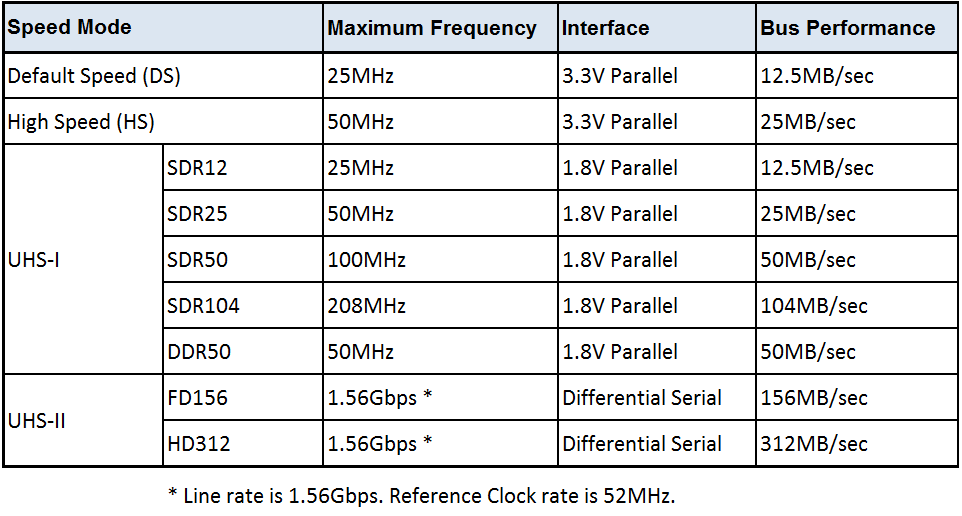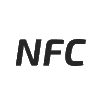Chargers and Power Banks
Headphone & Speakers
Cases & Covers
Virtual Reality
Cables & Adapters
Media Player
Laptop
Tablet
Desktop
Cell Phone
Printers & Copiers
Memory Cards
TV
Computer Display
Game Console
Smart Home
Wearable Technology
Photo & Video Camera
Car Electronics
Car
Networking Equipment
Smart Toys
Home Audio & Video
Professional & Industrial
Storage Drive
Docking Station
Game Console Controllers
Set-top box
Keyboard, Mice, & Stylus
Portable Music Player
Computer Parts & Components
Cordless & Speakerphones
Projector
Software
Reporting
Swift 2 Plus
by Wileyfox



Interested in this product?
SD
The SD (Secure Digital) standard comprises the SDSC (Standard-Capacity), SDHC (High-Capacity), SDXC (eXtended-Capacity) and SDIO (Secure Digital Input Output) memory card formats for use in a wide range of electronic devices and applications. These storage cards come in different sizes and capabilities to suit various consumer market requirements.
How the SD card developed
Newly introduced in 2000 as a full size format, the SD card contained a bus width of 1 to 4 bits that enabled a bus speed of up to 12.5MB/s and a 2GB maximum capacity. Embedded with a CPRM-based security engine, the card was designed for use in newly developed digital MP3 players and digital cameras at that time. Limited however by Flash technology and costs, the card then only managed to pack in 16MB or 32MB storage.
In the early 2000, the rise of digital image technology along with digital downloadable music caused a spike in the consumer digital content market which started to adopt the SD card. The introduction of featured phones and smartphones as well as significant improvements in multimedia content quality further led to the continuous evolvement of the SD card in its form factor, capacity, speed and features.
The UHS-I (Ultra High Speed) interface was introduced in 2009 by the SD 3.0 standard which enabled the I/O bit rate to go up to 104MB/s at reduced power consumption and Electromagnetic Interference (EMI), through the DDR data/clocking method and lower I/O voltage of 1.8V.
In 2011, the UHS-II interface was introduced by the SD 4.0 standard and the UHS-II Addendum, which increased the bit rate to 312MB/s, via a differential line signaling of 200mV and a low variable clock rate of 26 - 52MHz. Even with this breakthrough mode, full backward compatibility and interoperability were still maintained to allow smooth transition to a new interface and convenience to end users.
Below lists the specifications for different SD speed modes.

Usage of the SD card
The SD card is generally used in consumer electronic devices such as smartphones, digital cameras, AV devices, PC's/tablets and automotive accessories. The SDIO standard offers additional wireless I/O connectivity in the form of a removable or built-in I/O storage card.
The SD card can also be applied for various security applications through its built-in security functions (CPRM, Password Lock/Unlock), internal secure element (smartSD) or evolving proprietary content protection mechanism built over the standard SD protocol.
Currently the leading market segment that adopts the UHS-II interface is the content imaging market focusing mainly on high-speed video recording.
View Full Article
Featured Products
 GTrusted
GTrusted






























